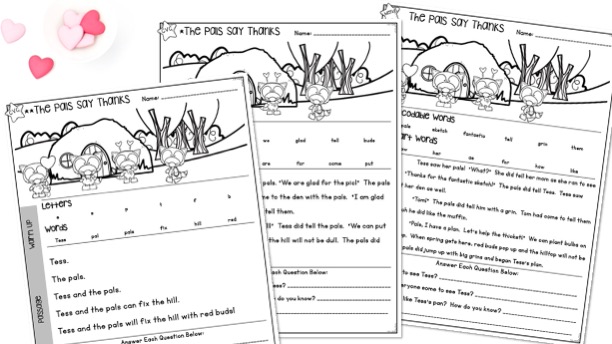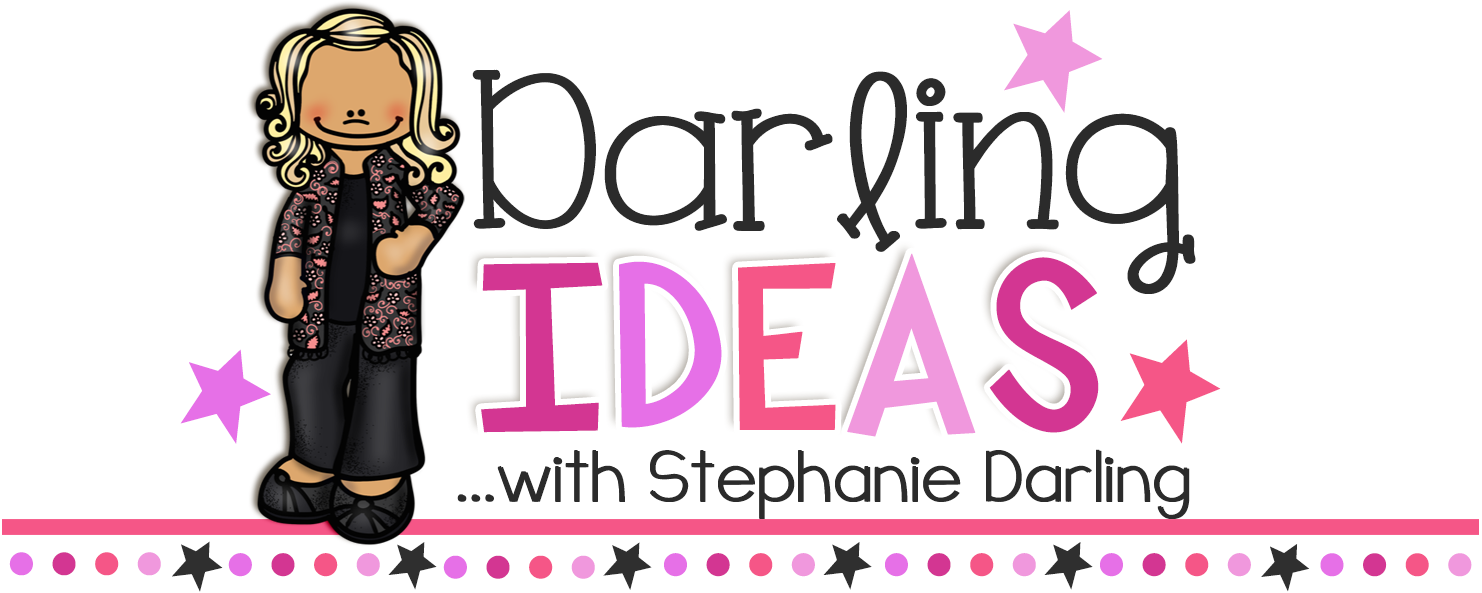
Decodable passages do not have to be dull!
In fact, decodable passages can be absolutely adorable, fun, and engaging! That is what your students will think of these decodable passages for Valentine’s Day, featuring Tess, Red, and all their pals.
Why decodable passages?
So besides being a 10/10 for fun and cuteness, how will these passages help your students? Well if you are on a journey into the Science of Reading, you may know that decodable passages and readers help students develop phonological decoding skills (aka reading!). They give students a chance to practice decoding words with phonics skills that they are working on mastering. As a result, students develop:
- Reading fluency
- Build confidence
- Provides context for phonics skills and heart words
- Develop blending and segmenting skills
- Develop automaticity (which increases reading comprehension
- And so much more!
What are decodable passages anyway?
Decodable passages have text created for brand-new readers. The text is created with specific grapheme–phoneme correspondences students have had instruction with. This creates an opportunity for students to practice decoding words and increase their ability to recognize words quickly and automatically.
You can read even more about decodable texts here, but to sum it up decodable texts are passages and readers that align with phonic skills. For text to be decodable it must align with the phonics skills that students have been taught. Therefore, students will be able to decode the words in the text rather than guess based on the three cueing system. Let’s look at some example sentences.
- The cat went down the stairs.
- The cat ran on the steps.
The first sentence is found in a guided reading book. It would have a picture of a cat running downstairs and students would use the picture to figure out what the sentence said. Students could sound out the word cat, but most likely a kindergartener or first grader would not know the phonics patterns in the other words. There for, they would not be able to decode or sound them out.
The decodability of the first sentence is 16% and the decodability of the second is 83%. Huge difference! Side note: To find the decodability of a sentence or book, take the number of decodable words and divide it by the total words in the sentence.
Want a reader, rather than passages! I have that too! Just click the images below.




No Comments